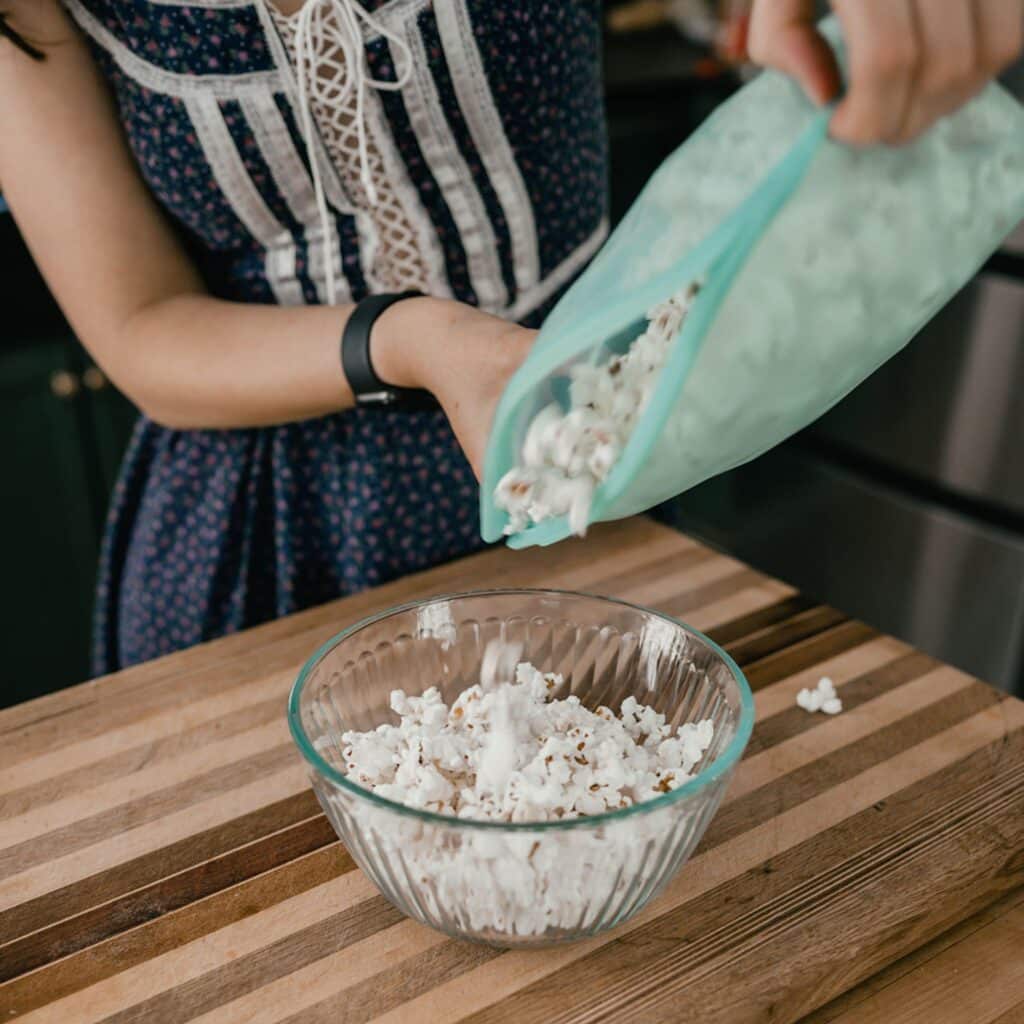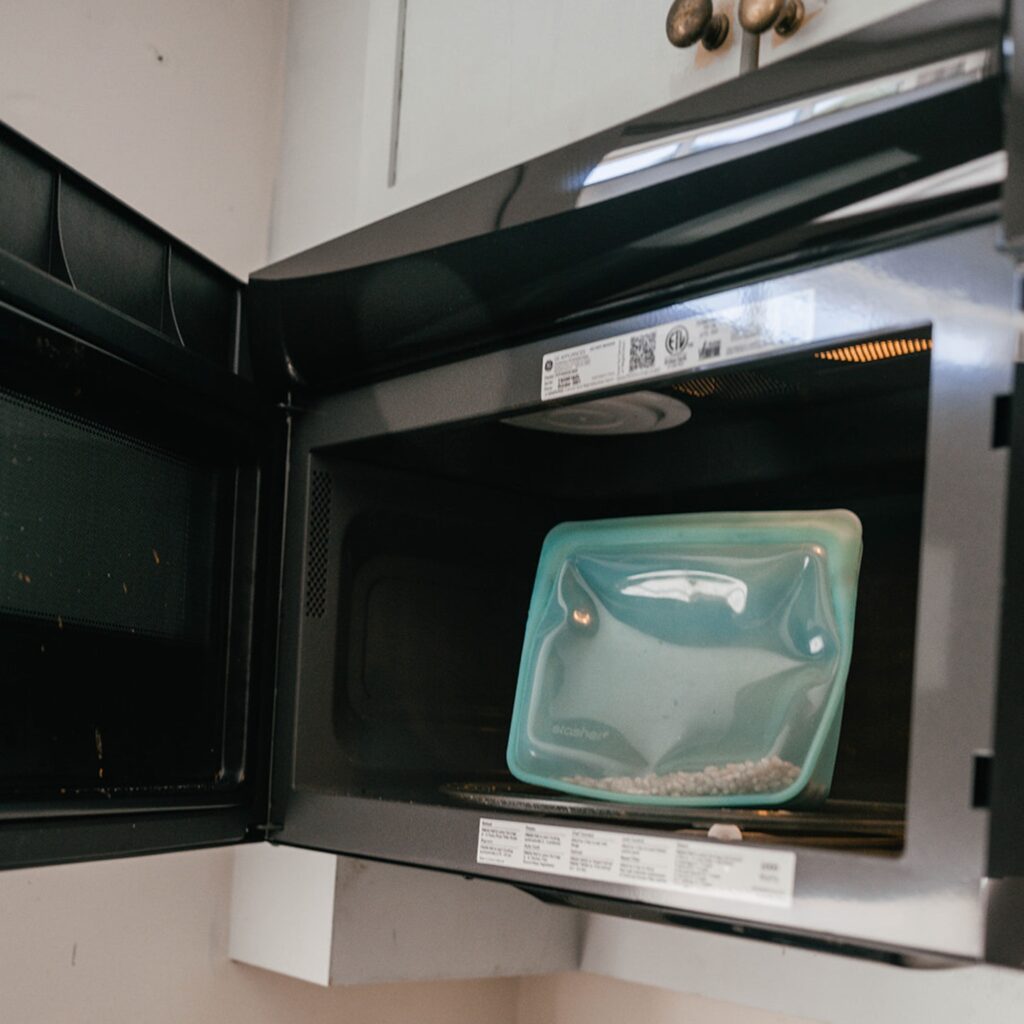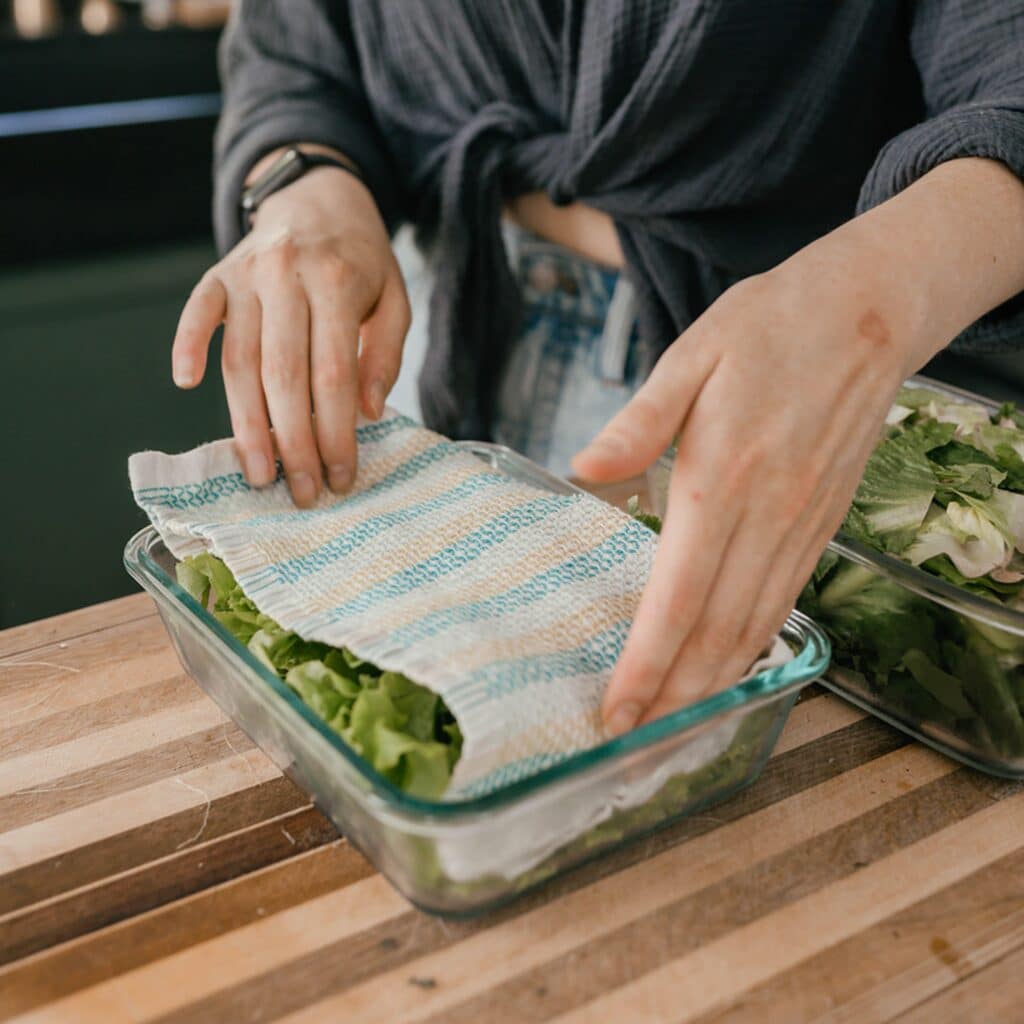Remaining Updated on March 29, 2024
You’ve most likely heard of silicone sooner than: It’s in houseware, sealants, and medical models. Assume silicone baking molds, silicone utensil models, and so forth.
Nonetheless what exactly is it? And is silicone plastic? Not exactly.

First, it’s important to note silicone is a man-made supplies, constituted of a mix of silica (sand) and oxygen (additional on this later). The silicone-making course of is difficult and energy intensive, which contributes to emissions.
Silicone’s environmental footprint is worth discussing because of it depends upon non-renewable hydrocarbons for manufacturing and has challenges in recycling and biodegradability.
Nonetheless, with regards to how silicone compares to plastic on an environmental have an effect on scale, it is a larger substitute. Proper right here’s each factor you would study silicone and do you have to ought to make use of it.
how is silicone made?
Silicone is made by extracting silicon from silica and passing it by hydrocarbons. It’s then blended with totally different chemical substances to create silicone.
Nonetheless, to completely understand this course of, it’s important to get the terminology correct. Proper right here’s a step-by-step break down:
silica
Silica is the raw supplies used to make silicone resins, aka sand. Seaside sand is nearly pure silica, as is quartz.
silicon
That’s the backside part that makes up silica, nevertheless silicon should not be usually current in nature on this elemental type. It is made by heating silica at very extreme temperatures with carbon in an industrial furnace.
silicone
The silicon is then reacted with fossil fuel–derived hydrocarbons to create the siloxane monomers (alternating silicon + oxygen atoms) which are bonded collectively into polymers to type the backbone of the last word silicone resin.


is silicone the an identical as plastic?
Silicone should not be the an identical as plastic, nevertheless it is associated. Technically, silicone might probably be considered part of the rubber family.
Nonetheless, silicone is one factor of a hybrid between a synthetic rubber and a man-made plastic polymer. Silicone will be utilized to make malleable rubber-like objects, exhausting resins, and spreadable fluids.
In an an identical approach to plastic, it might be fashioned or formed and softened or hardened into nearly one thing.
Nonetheless, listed below are its distinct variations from plastic:
- Further temperature resistant and durable
- Has a low reactivity with chemical substances
- Extraordinarily gas permeable, making it useful for medical or industrial functions
- Easy-to-clean, non-stick, and non-staining
is silicone recyclable?
Silicone shares one different trait with plastic: It’s exhausting to recycle.
Silicone has a low recycling cost. It is as a result of most silicone should not be recyclable by your native municipal recycling program (though you could on a regular basis double take a look at). Whereas silicone is technically recyclable, you will probably ought to take it to a specialised private recycling facility.
Even then, silicone would probably be downcycled into oil used as lubricant for industrial machines. Like plastic, it might probably under no circumstances be the an identical issue twice.
Nonetheless, it’s worth noting there are some producers, like Stasher bag, that benefit from silicone and have a recycling program in place.


does silicone give off microplastics?
Though silicone is technically a plastic polymer, its sturdy molecular building retains it from shedding microplastics in the best way by which that widespread plastics do.
That acknowledged, silicone can nonetheless break apart into small gadgets and enter our waterways.
To make it remaining as long as doable, pay attention to using it spherical sharp objects, identical to the blades of a meals processor or sharp knife.
is silicone environmentally nice?
Silicone isn’t primarily probably the most environmentally nice supplies to pick out from, nevertheless it’s larger than plastic. Merely remember that producing silicone makes use of hydrocarbons derived from petroleum, which is a fossil fuel and non-renewable helpful useful resource.
Nonetheless, in distinction to plastic, silicone objects don’t are usually made into single-use objects. As an example, silicone baking sheets, molds, and utensils might be reused for years.
Stasher baggage are an excellent occasion of this: One Stasher bag retains 260 single-use plastic baggage out of oceans per 12 months. Plus, they’re sturdy, easy to utilize, and safe for the dishwasher, microwave, and oven (as a lot as 425°F).
Listed under are some strategies to cut back silicone’s environmental have an effect on:
- Buy secondhand silicone objects at native thrift retailers, or Fb market
- Solely get it do you have to plan to utilize it for years to return
- Solely wash it when you would, and in the event you do, use the dishwasher to avoid wasting plenty of energy and water
- Search for high quality, meals grade or medical grade silicone that would not embrace any fillers
- Uncover a brand new home for gently used silicone, do you have to’re capable of remove yours


is silicone safer than plastic for meals?
Silicone is a safer totally different to accommodate meals than plastic, as long as it’s food-grade silicone. I personally love using Stasher baggage (which are constituted of food-grade silicone) to pop my popcorn throughout the microwave!
Nonetheless, it’s important to note silicone should not be completely chemically unreactive and will in all probability launch toxic chemical substances over time.
Proper right here’s some evaluation that’s been carried out on silicone:
- One look at examined the discharge of siloxanes from silicone nipples and bakeware into milk, little one formulation and a simulant decision of water and alcohol. After 72 hours throughout the alcohol decision, a lot of siloxanes had been detected.
- One different look at found siloxanes being launched from silicone bakeware, with leaching rising as a result of the meals fat content material materials elevated (harking back to using oils).
- The results of widespread siloxanes confirmed in animal analysis might lead to impaired fertility and potential carcinogenicity.
Nonetheless, this doesn’t indicate it is a should to toss out all your silicone objects correct now: Not adequate evaluation has been completed to completely understand the effectively being outcomes of using silicone.
That acknowledged, it is attainable you will want to bake in a single factor except for silicone in case you’ve the selection.
Though it is worth noting silicone cookware might be going safer than standard non-stick varieties using Teflon coatings. If it’s a range between the two, use silicone. Glass, ceramic, and stainless-steel bakeware are biggest.
RELATED: 6 Most interesting Non-Toxic Bakeware Models For a Eco-Nice Kitchen
Silicone objects like spatulas, pot holders, and so forth. appear safe given the small amount of contact they make with meals. Merely don’t soften them! Wooden cooking utensils are moreover one different totally different.
Pure rubber is normally a very good totally different for points like bottle nipples and soothers, if there is no such thing as a such factor as a hazard of rubber allergy. Further silicone choices are listed underneath.


choices to silicone
In case you’d select to not use silicone, listed below are some sustainable silicone choices to ponder. Nonetheless keep in mind: Using what you should have will on a regular basis be primarily probably the most eco acutely conscious choice, so solely purchase new objects in the event you actually need them or can’t uncover them secondhand.
beeswax wraps
In its place of silicone lids in your bowls, try beeswax wraps. These are compostable on the end of their life. You merely use the warmth of your arms to protected them into place.
unbleached parchment paper
It’s good to use these to line baking sheets. I prefer to advocate If You Care’s parchment paperas a result of it’s completely compostable on the end of its life.
jars
Use upcycled glass jars to retailer leftovers, and even freeze meals in. These moreover make good containers for on the go snacks or lunches.
plates
Place leftovers in a bowl and cover it with a plate. That’s thought-about one among my favorites because of it’s really easy!
wooden utensils
Go for wooden cooking utensils the place you might, like wooden spoons, ladles, spatulas, slotted spoons, and rice scoops.
glass storage containers
Attempt choosing glass snapware to retailer leftovers in. It is also attainable to freeze meals in these, along with heat up meals throughout the microwave (merely take away the lid first).
kitchen towels
In its place of potholders that normally embrace silicone, you might try using cotton kitchen towels – when folded they’re heat resistant and multipurpose. Expert cooks select them!
So, is silicone plastic? Not pretty, nevertheless it is a synthetic supplies.
What are your concepts? Do you keep silicone merchandise in your kitchen? Let me know throughout the suggestions!